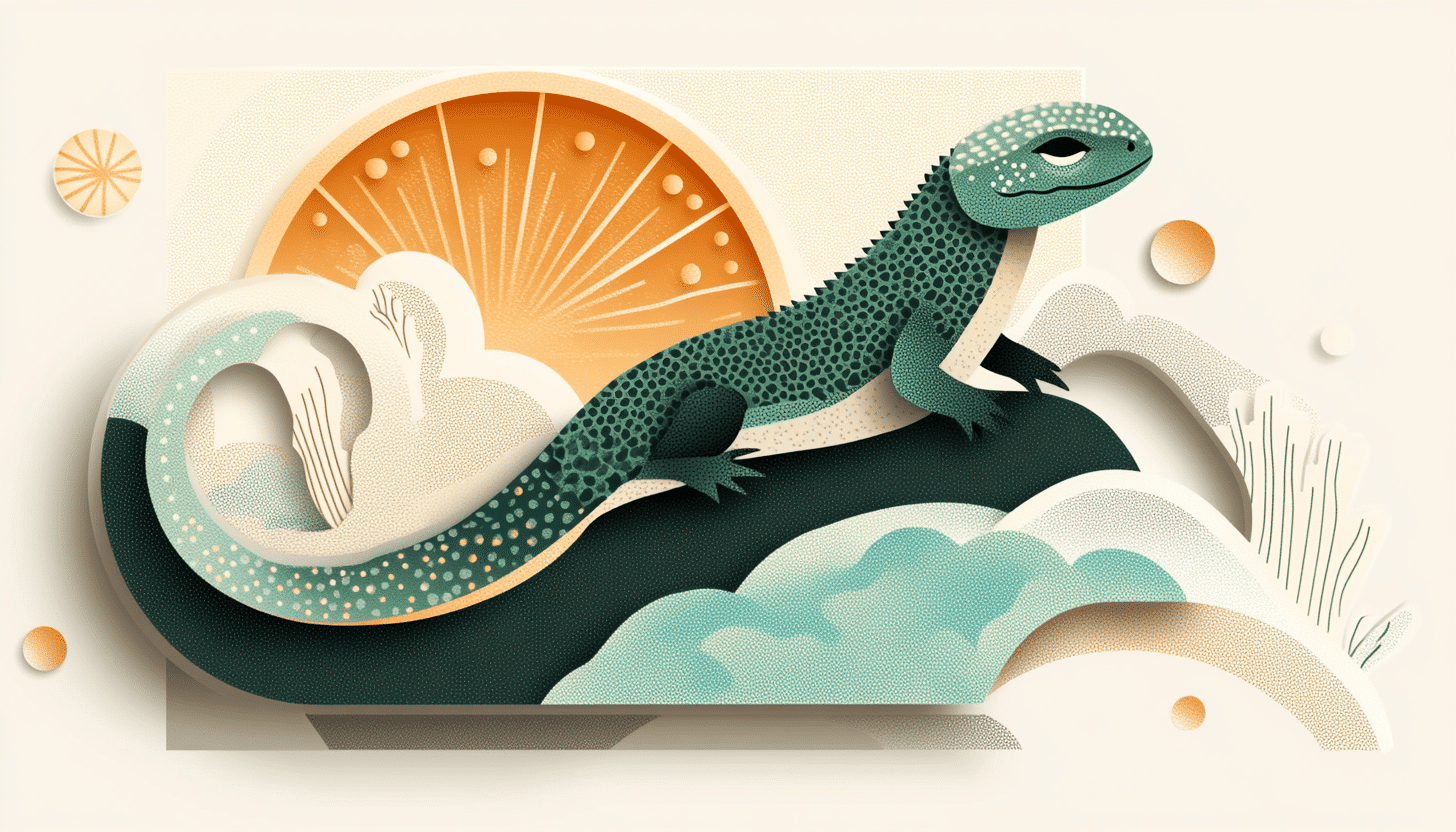What is World Lizard Day?
World Lizard Day is held every year on August 14 worldwide. This day focuses on the value of lizards in different ecosystems across the planet. Lizards play an essential role in keeping insect numbers under control. Many species also serve as prey for birds and small mammals. Their presence helps scientists understand how stable or damaged a natural area is. World Lizard Day invites people to learn more about these often-overlooked reptiles. It offers a chance to discover their variety and ecological importance.
The day brings attention to species that are often misunderstood or ignored. Some lizards are endangered due to loss of habitat, pollution or illegal trade. Educational programs on this day help people understand how to observe and respect these animals. Lizards are found in deserts, forests and sometimes cities, yet many people know very little about them. By promoting facts instead of fear, this day supports a more accurate public view. World Lizard Day also encourages better care for captive reptiles. With more knowledge, people can protect lizards more effectively.
History and origin
World Lizard Day began as a grassroots idea from reptile enthusiasts. There was no single founder or organisation that launched the day officially. Instead, small groups of reptile keepers and nature educators started marking August 14. They used this moment to highlight lizards in social media posts and local events. The goal was to give lizards the attention they rarely received compared to snakes or turtles. Over time, the idea gained support from zoos, teachers and wildlife centres.
The concept spread gradually through informal networks and online reptile communities. Some zoos added lizard-themed activities to their summer schedules. Educational websites began to feature short articles and photo guides linked to the day. This increased visibility among teachers, students and casual nature lovers. In some places, parks and nature centres joined in by offering reptile talks. While the day has never become official, its reach continues to grow through consistent public interest.
World Lizard Day now serves a mix of audiences, from scientists to young children. For experts, it opens chances to present research in a public format. For families, it creates low-cost learning moments about animals in their area. Reptile owners also use the day to share tips and improve animal care. Although the name stays informal, the purpose behind it becomes more focused each year. It remains a flexible but widely recognised moment to highlight lizards.
Who participates in World Lizard Day?
- Biologists: They explain how lizards adapt to various habitats and threats.
- Zoo staff: They show reptiles to the public and answer questions about care.
- Science teachers: They include lizard facts in lessons and organise themed activities.
- Nature photographers: They publish reptile photos with useful information and captions.
- Reptile keepers: They share care tips and help others understand responsible pet ownership.
Slogans and themes
World Lizard Day usually comes with informal themes chosen by local groups or platforms. Examples include “Know Your Local Lizard” and “Respect the Reptile.” These messages make it easier to build classroom lessons or zoo events around a single idea. Even without a central slogan, many communities create their own short phrase for outreach. These slogans give the day focus and help connect science with the general public.
Colors, symbols and patterns
Colors:
- Green: This color reflects the natural environment and many species’ camouflage.
- Brown: It connects to dry, rocky habitats where many lizards live and hunt.
- Beige: It symbolises desert species and blends well with reptile textures.
Symbols:
- Gecko: This small, friendly-looking lizard often appears in education materials.
- Tail: A dropped or curled tail shows defence and is used as an icon.
- Footprint: Reptile tracks are simple visuals for posters and science sheets.
Patterns:
- Scales: Scaled skin patterns often appear in artwork and background design.
- Bands: Bands mimic species like the bearded dragon or desert lizard types.
- Spots: Spotting shows variation in wild lizards and appears in illustrations.
Most used hashtags
- #WorldLizardDay
- #Lizard
- #Reptiles
- #Herpetology
- #ReptileCare
How do you celebrate World Lizard Day?
- Visit a nature centre: Many locations hold reptile talks or feeding sessions.
- Draw a local lizard: Art helps children learn species details and features.
- Post a photo online: Pictures raise interest in native or exotic lizards.
- Read a reptile book: Non-fiction books help adults and kids learn new facts.
- Clean a reptile habitat: Owners use this day to check and improve enclosures.
Why is World Lizard Day important?
Lizards often receive less attention than other wild animals, despite their key roles. They control pest populations and support larger species in food chains. Many species are at risk from land use changes and human carelessness. World Lizard Day helps raise interest in overlooked reptiles and their environments. Greater public knowledge can lead to better choices in land use and wildlife care.
The day also supports safer and more responsible reptile ownership. Many people buy reptiles without knowing their needs or lifespan. By offering accurate information, this day helps prevent neglect and improves animal health. Educational tools linked to the day are used in schools, parks and online platforms. These materials build real understanding that lasts beyond just one date. In the long term, awareness can turn into better protection and public policy.
Features
Contact Info
August 14: Lizard Day
Why do you keep falling for the same type?
Read the article Lovemaps: the hidden blueprint of our love.

